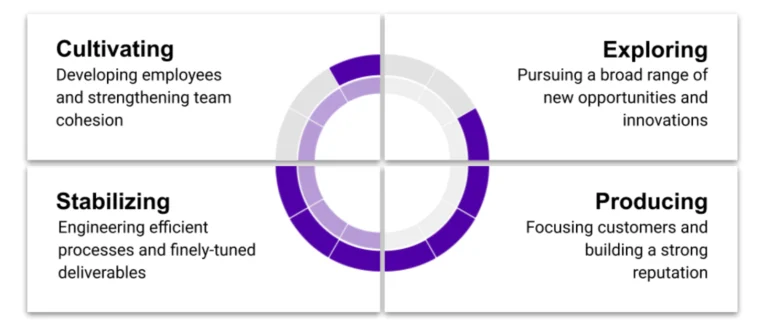Improving prediction accuracy requires consistent practice, analytical thinking, and a structured approach to refining decision-making skills. Whether in gaming, financial forecasting, or machine learning, daily routines help sharpen predictive abilities by reinforcing pattern recognition, probability assessment, and strategic adjustments. Developing effective habits ensures long-term improvement, allowing individuals to make more informed and precise predictions.
Understanding the Fundamentals of Prediction
Before diving into daily practice routines, it is essential to understand the core principles of prediction. Accuracy depends on analyzing historical data, identifying trends, and assessing probabilities. Recognizing that predictions are based on likelihood rather than certainty helps refine expectations and decision-making strategies.
A strong foundation in probability theory enhances predictive accuracy. Understanding concepts such as statistical distributions, variance, and correlation allows individuals to make more calculated predictions. Regular exposure to probability-based exercises strengthens analytical thinking, improving overall forecasting skills.
Reviewing Past Predictions and Analyzing Outcomes
One of the most effective daily routines for improving prediction accuracy is reviewing past predictions and analyzing their outcomes. Keeping a record of previous forecasts helps identify patterns, assess errors, and refine strategies. By examining successful predictions and understanding the factors that contributed to accuracy, individuals can replicate effective approaches in future scenarios.
Analyzing incorrect predictions is equally important. Identifying the reasons behind inaccuracies—whether due to misinterpretation of data, external influences, or cognitive biases—provides valuable insights for improvement. Adjusting strategies based on past mistakes enhances predictive precision over time.
Practicing Probability-Based Exercises
Engaging in probability-based exercises strengthens predictive reasoning. Daily activities such as solving probability puzzles, estimating likelihoods in real-world scenarios, or participating in prediction-based games reinforce analytical skills. These exercises train the brain to assess probabilities instinctively, improving decision-making speed and accuracy.
Simulating prediction scenarios enhances practical application. Creating hypothetical situations and estimating outcomes based on available data refines forecasting abilities. Regular exposure to diverse prediction challenges builds adaptability, ensuring individuals can apply their skills across various contexts.
Refining Pattern Recognition Skills
Pattern recognition plays a crucial role in prediction accuracy. Developing the ability to identify trends, correlations, and anomalies enhances forecasting precision. Daily practice routines should include analyzing datasets, observing market trends, or studying behavioral patterns in competitive environments.
Visualizing data through charts, graphs, and statistical models aids pattern recognition. Recognizing recurring sequences and deviations from expected trends sharpens predictive instincts. Incorporating visualization techniques into daily practice routines reinforces analytical thinking, improving overall accuracy.
Adjusting Strategies Based on Feedback
Continuous improvement requires adaptability. Incorporating feedback into daily practice routines ensures that prediction strategies evolve based on real-world outcomes. Seeking insights from experts, engaging in discussions with peers, or utilizing AI-driven analytics provides valuable perspectives for refining predictive approaches.
Experimenting with different methodologies enhances flexibility. Testing alternative prediction models, adjusting probability assessments, and exploring new analytical techniques contribute to skill development. Embracing a dynamic approach to prediction fosters innovation, ensuring sustained improvement.
Maintaining Consistency and Discipline
Consistency is key to mastering prediction accuracy at Goa login. Establishing a structured daily routine that includes reviewing past predictions, practicing probability exercises, refining pattern recognition, and adjusting strategies ensures steady progress. Discipline in maintaining these habits reinforces long-term improvement, allowing individuals to develop reliable forecasting skills.
Balancing practice with real-world application strengthens predictive abilities. Applying learned techniques in practical scenarios, whether in gaming, financial analysis, or competitive environments, reinforces skill development. Integrating prediction exercises into daily activities ensures continuous refinement, leading to enhanced accuracy.
Conclusion
Daily practice routines play a vital role in improving prediction accuracy. Reviewing past predictions, engaging in probability-based exercises, refining pattern recognition, adjusting strategies based on feedback, and maintaining consistency contribute to long-term improvement. By incorporating structured habits into daily activities, individuals enhance their forecasting skills, ensuring more precise and informed predictions across various domains. As predictive techniques continue to evolve, disciplined practice remains the foundation for mastering accuracy and achieving success in prediction-based challenges.

